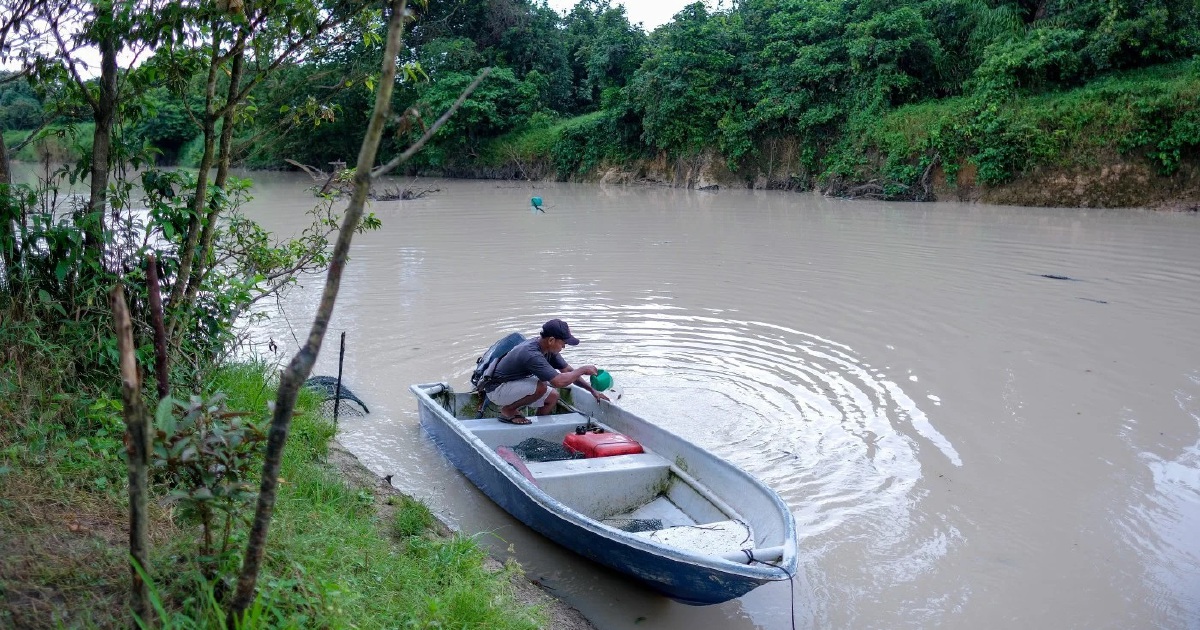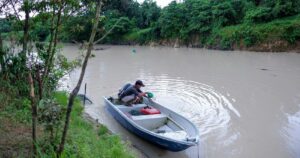JOHOR BARU: The pollution incident along Sungai Johor in Kota Tinggi has been described as the worst ever recorded involving a raw water source in the state.
Johor Public Works, Transport and Infrastructure Committee chairman Mohamad Fazli Mohamad Salleh said readings showed raw water turbidity spiking to 37,400 Nephelometric Turbidity Units (NTU)— far above the normal level of around 400 NTU.
Previously, the highest contamination level recorded was about 5,000 NTU, five years ago.
He said the latest incident triggered a water crisis affecting an estimated 1.2 million residents, following the staggered shutdown of four water treatment plants (WTP), namely Linggiu, Semanggar, Sungai Johor and Tai Hong.
“Overall, more than 292,000 accounts were affected across Kota Tinggi, Johor Baru, Pontian, Gelang Patah and Kulai.
“Linggiu WTP was the first to cease operations at 7am on Oct 31 and resumed 14 hours and 30 minutes later.
“The longest closure involved Tai Hong WTP, which was shut for 32 hours due to its proximity to the river mouth. Semanggar WTP stopped at 2.30pm on Oct 31 and resumed on Nov 1 after 23 hours and 30 minutes.
“Sungai Johor WTP restarted at midnight on Nov 2 after shutting down at 10pm on Oct 31,” he said at a press conference while inspecting water distribution efforts for affected users in Taman Impian Emas today.
Fazli said immediate action included suspending permits and issuing stop-work notices to companies believed to be responsible for the pollution.
“The companies involved will also be required to bear all costs arising from the incident, including those affecting the people of Johor.
“The latest NTU reading at Sungai Johor is now below 500.”
He said one of the earliest mitigation steps was to increase water release from the Linggiu Dam from 180 million litres to 400–500 million litres per day.
“This was to push the contaminated water downstream towards the sea, but tidal conditions at the time posed challenges,” he said.
Fazli said full restoration was expected today, including in Taman Impian Emas, Taman Bukit Impian and Taman Anggerik Emas.
“As of 3pm, supply has been restored to 99 per cent of affected accounts. The remaining 2,472 accounts are still undergoing recovery, mostly in the three residential areas mentioned.
“These neighbourhoods sit at the tail end of the distribution network, which is why intermittent supply persists.
“Inline injection is being carried out, where water from tankers is fed directly into the pipeline system. Full restoration is expected progressively throughout the day,” he added.
© New Straits Times Press (M) Bhd






